 Visualisation is the process of creating an image of something or someone in our minds, according to dictionary definitions. Nowadays the word visualisation is everywhere, very much associated with the Law Of Attraction. However, visualisation is a tool in itself that has to be used wisely.
Visualisation is the process of creating an image of something or someone in our minds, according to dictionary definitions. Nowadays the word visualisation is everywhere, very much associated with the Law Of Attraction. However, visualisation is a tool in itself that has to be used wisely.
Most of us have had the experience of seeing an event in our mind and then that situation, which was created in an energetic way, manifested in our physical life. In this sense, what we see, think and create inside our busy brain has the potential to become tangible, to exist in this world of reality, regardless of whether such creation is good or bad. Then, a sensible use of the art of visualisation is required.
We tend to think that visualising needs to be done in a state of meditation. However, we are always envisioning things in our minds. Our thoughts are not only the words we use to have a conversation with ourselves; there are also images. To experience this, let’s do an easy exercise: what happens in your mind when you read the following sentence? “I would like to eat spaghetti with pesto salsa.” I expect that you immediately had an image of a plate with spaghetti á la pesto and even more, you saw yourself enjoying it.
The images, visions and thoughts we experience during our day-to-day life might seem to be insignificant, however behind them there is always a feeling, a sentiment, which powers our visions in an energetic way. And this is precisely why we have to be careful with the creative process in our minds: we want to create positive and uplifting outcomes for ourselves.
Of course, having images and thoughts in our minds constantly doesn’t mean that all of them will manifest, what I am saying is that we have to be mindful of those repetitive images and thoughts, with those where our feelings are intensified.
The idea here is to visualise with purpose, with an intention and move the energy towards the accomplishment of our dreams.
To visualise with intention, we first need to be clear of what we want to create. Clarity is essential, otherwise we lose focus and our efforts go nowhere. For me, clarity is a mix of organised thoughts and feelings. How do we do this? I will show you a process, it is not rocket science, but it works for me.
- Write down what you would like to manifest. Make a list of no more than 7 items.
- Go over your list and observe your feelings and emotions when reading each wish or dream.
- Choose the ones you feel are more aligned with you at this particular moment.
- Number them from 1 to 7, one being the item you would most like to manifest.
- Start with number 1.
Once you are clear about what you are willing to visualise, a different sequential process starts. Understand that trying to visualise too many things at once is not going to work, because you will be scattering your energy.
- Sit in a quiet place. (Once we want to visualise with purpose, is better to do it in calmness).
- Connect with your heart by feeling its palpitation, and breathe in and out a bit slower than normal.
- Place your attention on your mind, without forgetting your heart, and start visualising dream number one of your list.
- Visualise it in a detailed way, like a scene of a movie.
- Enter the scene, see yourself living that creation. Enjoy the vision, feel it, it is happening.
- Maintaining the visualisation, feel gratitude in your heart, and then open your eyes.
- To add more power, draw your dream or write it down, so you can see it or read it every day until it happens in the physical world. Don’t forget to feel it in your heart, and to be grateful.
- Move the energy towards the manifestation of this dream. How? This is simple, if we want to win the lottery, we have to buy a lottery ticket, right? Then, for example, if you want to find a new job, start researching about it, make phone calls, send emails, etc. This is how you move the energy.
Visualisation is, as you can see, a powerful tool. Hopefully you can use it for your own good, to benefit others and our beautiful planet Earth. We are all connected in the invisible realms of the universe, linked to a superior force called Source (God, One, etc.) and what I create for myself affects everyone around. Keep this in mind when visualising.
About the Author:
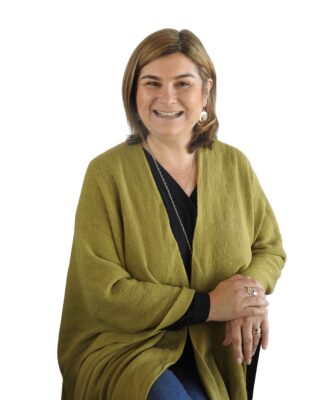
Veronica Sanchez De Darivas is Chilean-Australian, now living in the UK and a proud mother of teenage twins. A spiritual awakening teacher, bestselling author, pineal gland (third eye) activator and Certified Instructor for the Cyclopea Method, Veronica is currently the only instructor in the world teaching the Cyclopea Method in English.

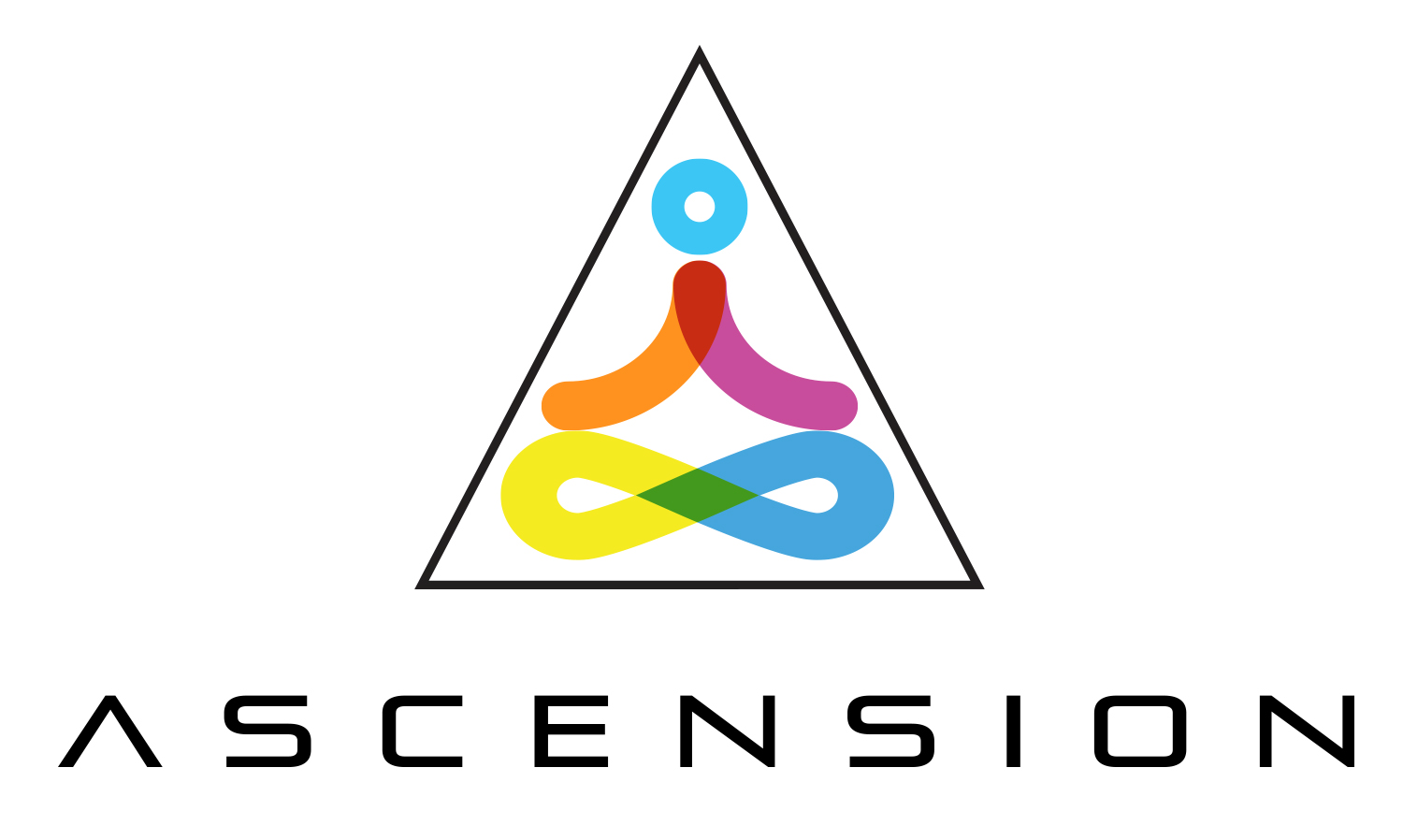

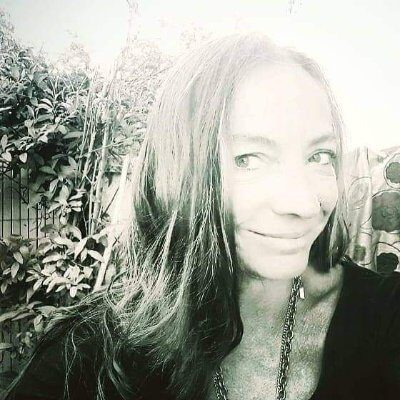


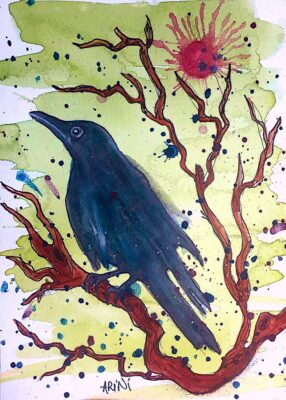
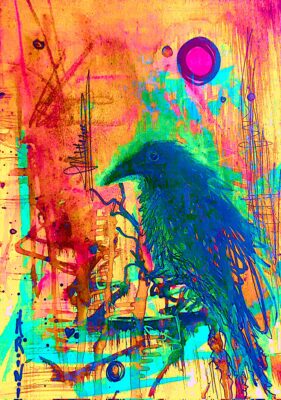



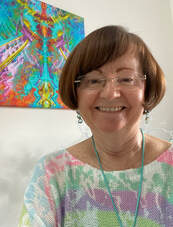
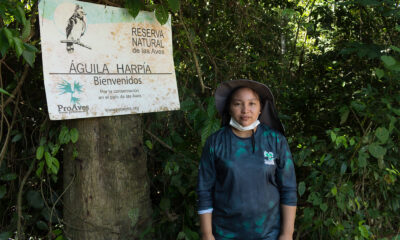 Sara Inés Lara, leader of Colombia-based bird conservation organization Fundación ProAves, got her first taste of conservation’s potential more than 30 years ago. She grew up in one of the most biodiverse places in the world, seeking refuge in the forests, mountains, and pools of the Andes. Then, in 1998, she learned about the yellow-eared parrot.
Sara Inés Lara, leader of Colombia-based bird conservation organization Fundación ProAves, got her first taste of conservation’s potential more than 30 years ago. She grew up in one of the most biodiverse places in the world, seeking refuge in the forests, mountains, and pools of the Andes. Then, in 1998, she learned about the yellow-eared parrot.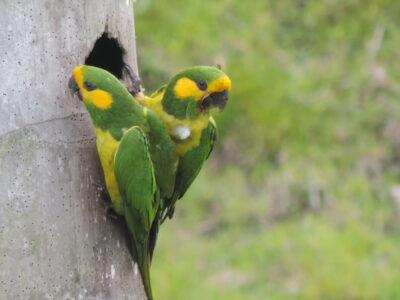 Women for Conservation also faced resistance from its peers in the environmental world. Lara remembers other conservation leaders telling her that working with women was nice, but it was not a priority. Whenever she spoke about the link between a growing population, increasing poverty, and environmental impacts, she was told to avoid talking about population.
Women for Conservation also faced resistance from its peers in the environmental world. Lara remembers other conservation leaders telling her that working with women was nice, but it was not a priority. Whenever she spoke about the link between a growing population, increasing poverty, and environmental impacts, she was told to avoid talking about population.